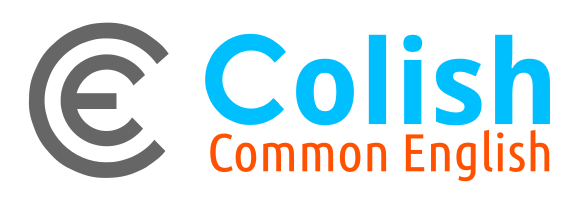By Marketing | 25 June, 2020

Introduction
This page is just a collection of notes around the topic Illiteracy.
They are being collected as a source for possible answers to question such as:
- Will Colish help to reduce illiteracy at foundation level / primary school?
- Will Colish make it easier for illiterate to gain access to the language?
Impact on societial well-being
The statistics on this page only give a hint of the social problems which are prevalent in society.
TODO: Include OECD comments
It can be argued that the ‘amount’ of illiteracy and its negative side effects on the future growth of a personality is a compound function of the difficulties of learning in the early years.
The risk of not learning, of falling into the ‘Illiteracy Risk Group’ as a child, is dependent on other factors, independent of writing and spelling language difficulties such as:
- natural learning abilities/growth, illness, sexual misuse, missing supportive social background.
Do they exist?
Are there really illiterate people? The reader of this page will probably not know of somebody who is illiterate due to several reasons:
- The readers social background is composed of people who are good achievers.
- Illiterates are clever in covering up their disabilities due to social shame.
The surveys indicate that 1 in 4 working adults are illiterate.
The Pacific countries are better
Australia and New Zealand have low rates. Why?
TODO: Why do they have low rates - 28% lower than UK/US? What’s the secret?
How is illiteracy defined?
TODO: Refererences to PIAAC.
What kind of problems to they have?
TODO: Add a couple of examples.
Can they be helped?
Comment from OECD is that many do not want to learn, or have time to learn (job/family).
TODO: Does somebody have a classification system for targetting future schemes?
How is it measured
US-NAAL
US-NAAL? US-NAAL has been replaced with PIAAC.
OECD PIAAC
OECD PIAAC is the international pointer
Using data from OECD statistics “skills matter”
- PIAAC
- https://doi.org/10.1787/888934020863
- https://gpseducation.oecd.org/IndicatorExplorer
- Literacy Below Level 1 in % + Level 1 in %.
- Update 2019-11-06
- Table A2.1
- Data source = Survey of Adult Skills (PIAAC) (2012, 2015, 2018).
Countries
Australia
- OECD, 2012, Sample size 7430, 12.6% level 1 or lower
- https://www.oecd.org/skills/piaac/Country%20note%20-%20Australia_final.pdf
- In 2012 population 22.73 million, in 2018 25 million
- OECD 2019 / A2.1 = 3.1% + 9.4% = 12.5% -> 3.1 mio
Canada
- In 2018 37 mio
- https://www.thecanadianencyclopedia.ca/en/article/literacy -> 9 million
- OECD 2019 / A2.1 = 3.8 % + 12.6% = 16.4 % -> 6,1 mio
England (UK)
- In 2018 56 mio
- OECD 2019 / A2.1 = 3.3 % + 13.1 % = 16.4 % -> 9.2 mio
Ireland
- OECD 2019 / A2.1 = 4.3 % + 13.2 % = 17.5 %
New Zealand
- OECD 2019 / A2.1 = 2.5 % + 9.3 % = 11.8 %
Northen Ireland (UK)
- OECD 2019 / A2.1 = 2.5 % + 14.9 % = 17.4 %
United States
- In 2018 327 mio
- OECD PIAAC 2017 19%
- OECD 2019 / A2.1 = 3.6 % + 14.0 % = 17,6 % -> 57.5 mio
Averages
World
OECD Average / A2.1 = 4.8 % + 15.0 % = 19.8 %
English mother tongue countries
Average below level 1 for 2018:
- Average (AU 3.1 %, CA 3.3 %, EN 3.3 %, IE 4.3 %, NZ 2.5 %, NI 2.5 %, US 3.6 %) = 3.2 %
Average level 1 for 2018:
- Average (Au 9.4 % , CA 12.6 %, EN 13.1 %, IE 13.2 %, NZ 9.3 %, NI 14.9%, US 14.0%) = 12.3 %

